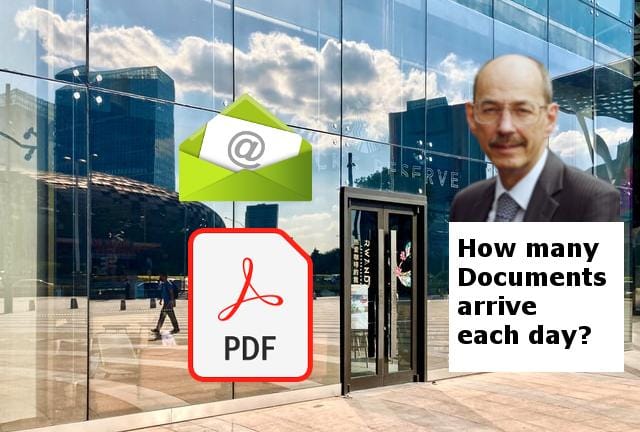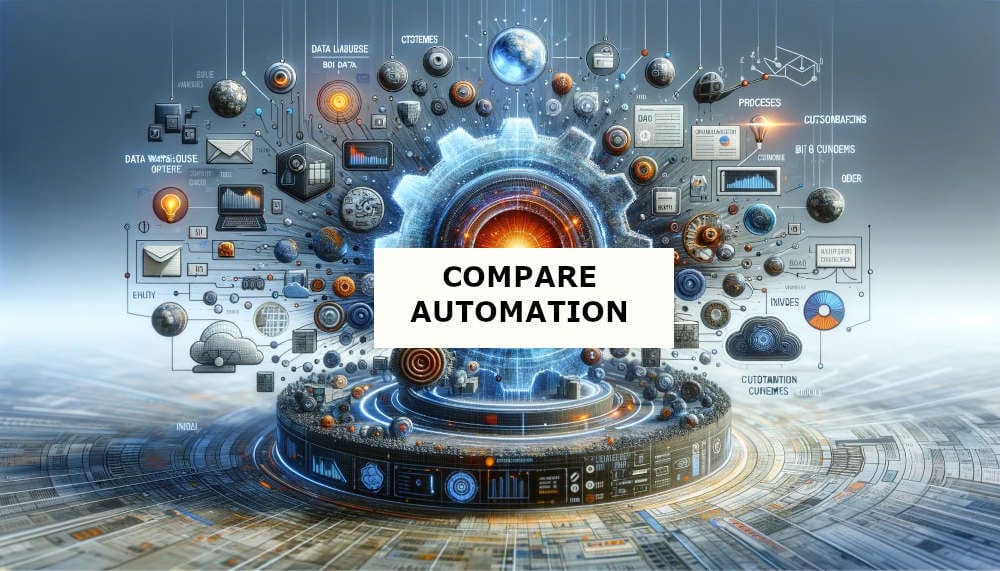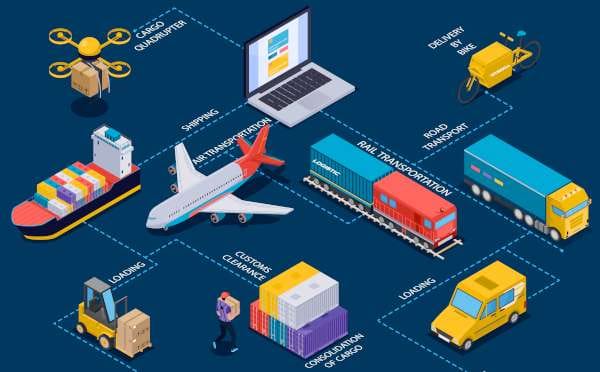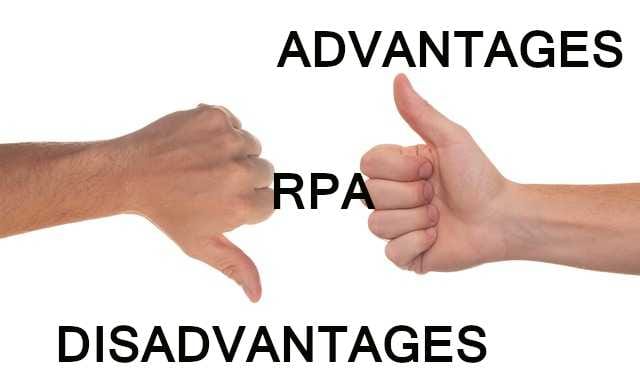BPA - Business Process Automation
Business Process Automation enables business to deliver activities efficiently and keep manual work to where it adds most value.
What is Business Process Automation?
Business process automation (BPA) refers to the use of software to automate one or more business processes.
Most organizations use BPA to digitally implement their operating processes.
BPA can be implemented through a single software application or using a combination of software applications. In some situations, BPA can be a layer of software that a business user interacts with on a screen and the software then performs actions through APIs (Application Programming Interface), database access, etc. to impact other applications.
BPA projects typically focus on aligning the software to fit a business function’s requirements.
The need for BPA can occur where a generic software package does not exactly align with the way a business function currently works or is desired to work after optimisation.
An important distinction for BPA is that it is potentially addressing a business function across multiple applications by providing an alternative interface for user interaction and / or directly amend data in databases / files that are used by the applications.
How is BPA different from RPA?
RPA (Robotic Process Automation) is designed to use software robots that simulate the same actions on a GUI screen that a person would manually perform.
Some RPA tools can also interact with business systems through API calls, or generic connections. When used in that style, the RPA tool is doing the same things as BPA software.
Can BPA handle documents?
Yes, a process could involve the movement of document files as part of a business process.
To obtain information or data from the contents of a document, Intelligent Document Processing (IDP) will be required. IDP contains the OCR (Optical Character Recognition) processing functionality for some raw extraction of text plus the sophistication to accurately determine context for the values.
The activities that IDP delivers to start with a document and deliver an outcome of the accurate extraction of data from the document together with the its context, can be consider a “Process”.
Typically, a BPA will provide documents to the IDP process and then utilise the accurate data to perform subsequent processes
How do people interact with BPA solutions?
During the implementation of a BPA solutions, consideration needs to be given to how errors and exceptions will be addressed.
Usually some mechanism is required for a “Human in the Loop”. This delivers the capability for a person engage with the BPA work, potentially providing some form of correction to the values being processed or perhaps discovering that some other activity is required before the BPA action can be tried again.
Do BPA solutions meet Audit requirements?
By implementing a BPA solution, the amount of auditing information can be designed into the activity, so that appropriate compliance can be achieved 100% of the time and there is no risk of a person forgetting to do something.
Does BPA take long to implement?
BPA products have evolved to deliver user friendly graphical design interfaces. These provide the ability to Drag and Drop items on a page, to visually present the desired process. With Low Code / No Code functionality that is delivered with BPA, only the instance specific information needs to be added to transform a diagram into a working solution.
How do you test a BPA solution?
It can be quick to develop a BPA solution. The defined workflow can be tested by executing it with some test data. The progress through the workflow is shown visually in the design studio.
A feature of sophisticated BPA solutions is that log information created from production execution can be presented to show the route an instance followed in the visual display making it easy to understand the results of the activity.















